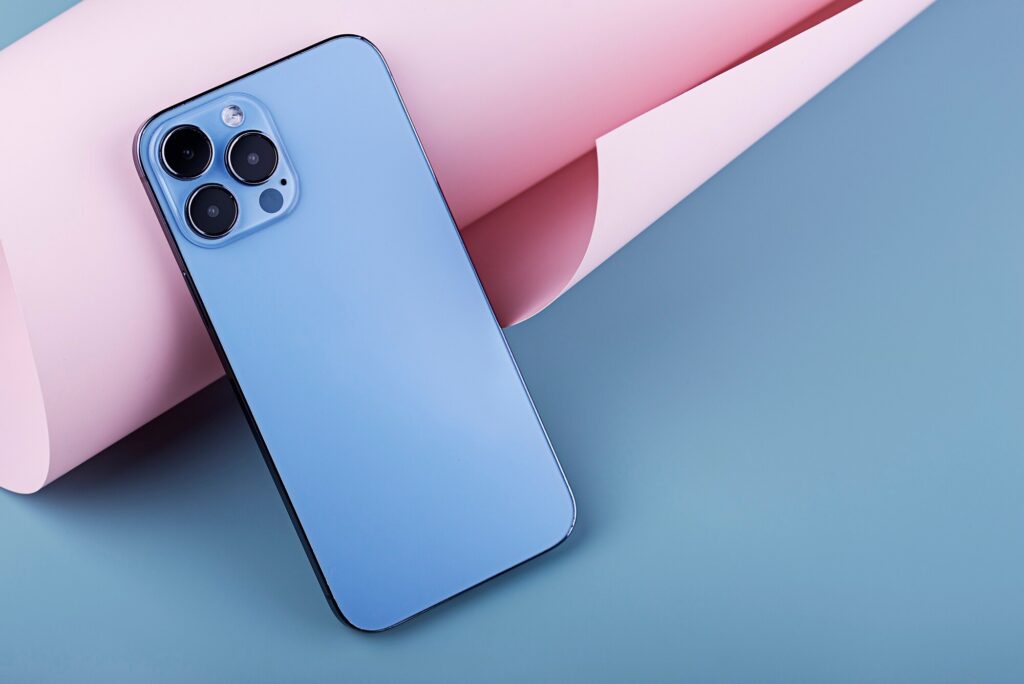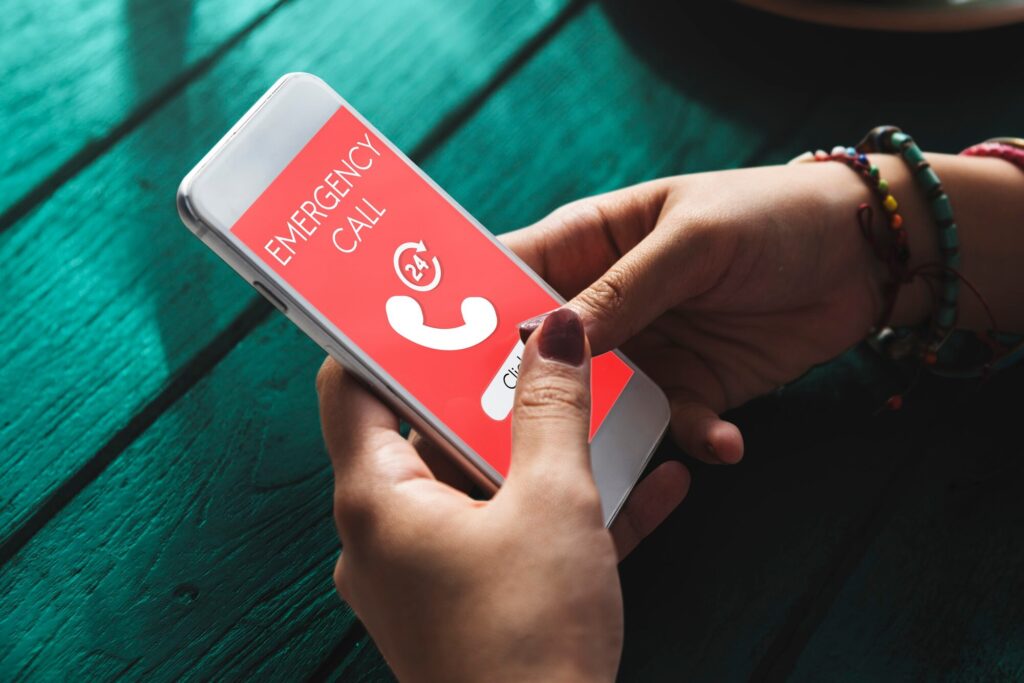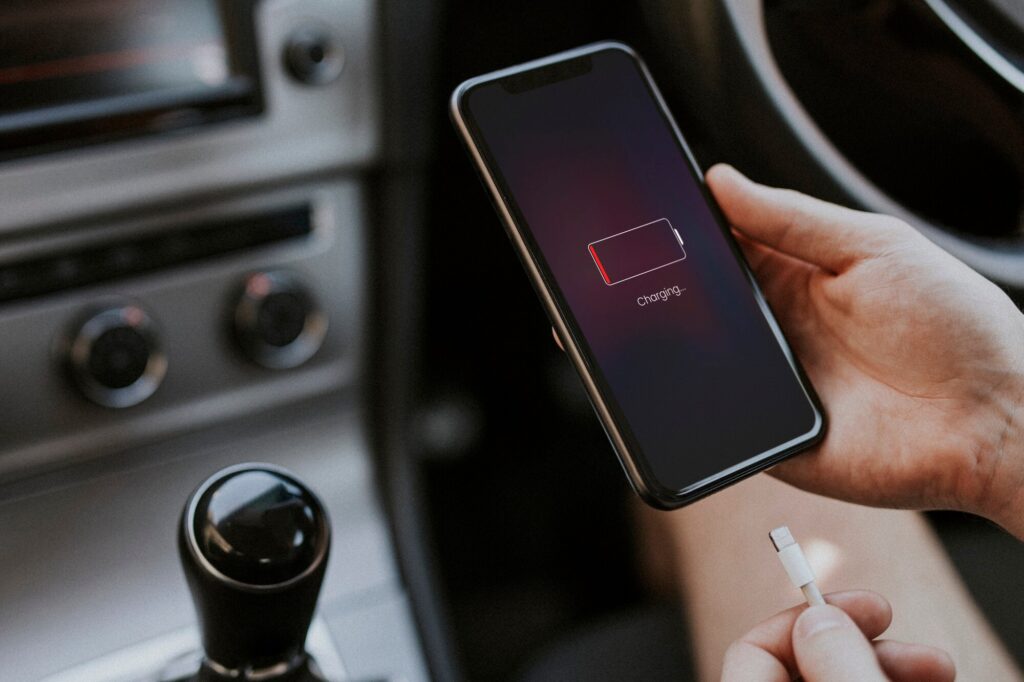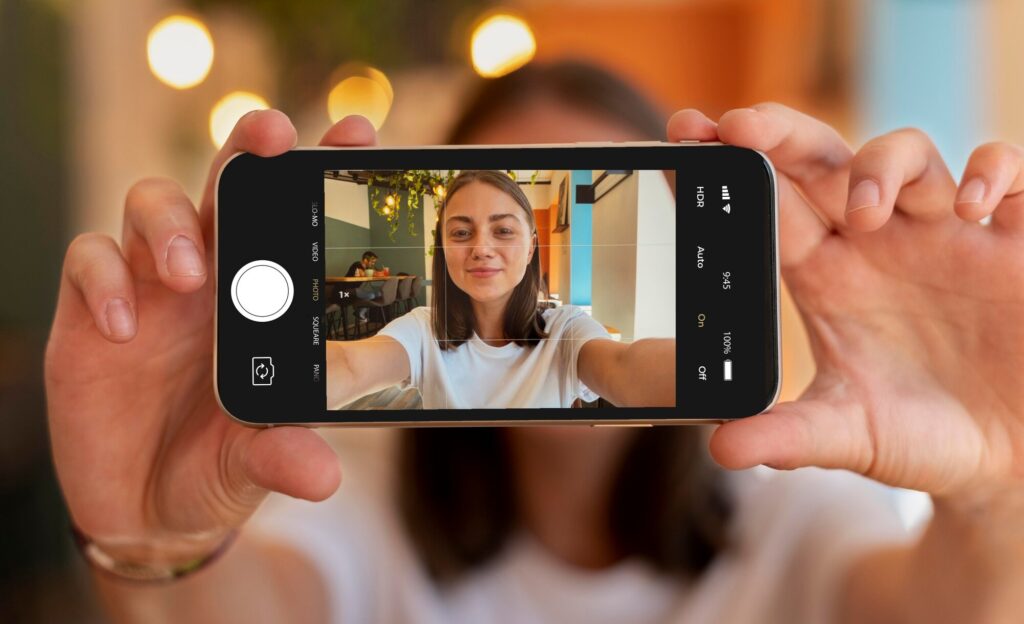Having an acute eye for the hidden gems hidden beneath the surface of any device can often unlock its full potential; the iPhone’s hidden features are no exception.
There are plenty of hidden gems in your iPhone just waiting to be found, from generation-specific capabilities that make the most of the technology in any given iPhone to iMessage features to liven up any discussion.
One feature that all iPhone models share is a set of volume buttons. Since the original iPhone, the device has had two distinct volume buttons, in contrast to a number of Android phones that only have one.
There’s more to the two buttons on the left side of the iPhone than just volume control.
In addition to a few helpful tasks that can be accessible with the help of the buttons, the buttons on the phone can also be used for non-volume actions, much like they do in so many other areas.
The iPhone’s volume buttons offer a range of interactions that go far beyond their seemingly straightforward purpose, whether you’re a photography enthusiast seeking tactile finesse, a safety-conscious person needing quick access to emergency services, or someone who longs to have a physical snooze button again.

Emergency services
The iPhone’s SOS function enables users to quickly contact assistance in an emergency when seconds matter.
The device may check the owner of the phone’s Medical ID or initiate an SOS emergency call by merely holding down the side button and either volume button.
This understated but effective gesture guarantees that help is always close by, especially under stressful circumstances.
It is also possible to activate the SOS function by rapidly pressing the side button five times in a row, however this requires that the feature be activated in the settings.
For situations where cell service is poor, the iPhone 14 Pro line adds satellite SOS capabilities to the iPhone’s already robust SOS capabilities.

Your phone uses the details in the Medical ID area of the Health app to notify your authorized emergency contacts of your location and circumstances when you make an SOS call.
Regarding Medical ID, users’ vital medical data, emergency contacts, allergies, and other details can be stored in this feature.
Anyone can access this information in case of an emergency. For the advantage of first responders, the Medical ID is still accessible even if your phone is locked.
Power off and more
One more crucial feature of the iPhone may be accessible by holding down the side and volume down buttons for a brief period of time, in addition to emergency services.
The power-off slider is located on the menu that also provides access to Medical ID and the emergency call slider. By using the designated slider, you can turn off the iPhone.

Additionally, users can utilize this screen to turn off their phone’s Find My feature while it’s in sleep mode. The power-off slider has a popup to disable Find My immediately below it.
When the setting is turned off in the power off menu, the device can no longer be located using Find My till it is restarted and the passcode is entered again.
By giving consumers control over their location data even while their phone is off, this control layer enhances device security in a significant way.
But this feature is more complex than it first appears. There is a security aspect to using the volume buttons to access the power-off menu. The Face ID and Touch ID features are momentarily deactivated when the power off slider appears.
This keeps someone else from being able to forcibly access the device while it is locked and makes sure the device cannot be turned off.
Camera controls
Modern smartphones are known for their ability to capture moments quickly and easily, and the iPhone leads the competition in flagship device camera performance.
Using volume buttons is one of the more well-known functions of camera apps on smartphones.
The main function of the volume buttons on the iPhone is to take pictures, while some Android devices allow users to zoom in.
Users may take immediate photos by pressing the volume up or down button, saving them from having to fiddle with the on-screen shutter button.
This simple feature provides a comfortable, tactile experience that some users may find more palatable by simulating the feel of a conventional camera.

Furthermore, this feature goes beyond simply taking pictures. You may also use the volume buttons in the camera app to begin shooting a video.
This function is especially helpful for recording video material because it gives users control and stability during the process, enabling them to hold onto the device steadily and shoot dynamic footage.